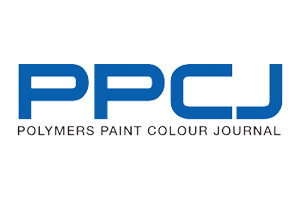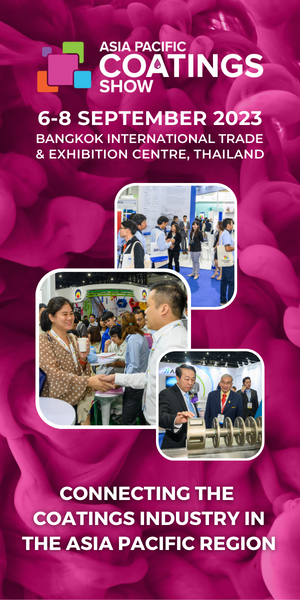
We are witnessing a rapid multiplication of available conductive materials for printed and large area electronics on the market. The different materials distinguish themselves by their conductivity, particle size, curing conditions, availability and cost. New material breakthroughs for the printed and large area electronics industry will be one of the main topics at IDTechEx’s Printed Electronics Asia event, which will take place on October 2-3 in Tokyo, Japan.
Conductive inks are a simple and unglamorous layer but they will constitute a hefty US$2.86bn market in 2012. According to IDTechEx research, this market is forecasted to rise to US$3.36bn in 2018, with US$735M captured by new silver and copper nanostructure inks. These vales, taken from the Conductive Ink Markets 2012-2018 report, make conductive inks the most successful segment of all printed electronics, surpassing the likes of printable OLEDs, photovoltaics, displays, etc.
Compared to silver-based materials, copper is a low-cost option and offers high conductivity in its bulk form. Turning copper into inks has however been the main challenge, primarily due to oxidisation effects which are accelerated under warm and humid conditions. Oxidisation turns copper into an insulator. At Printed Electronics Asia, copper materials will be explored by Miss Kyoko Kuroda from Hitachi Chemical.
While some use copper rather than silver to reduce cost. Others are progressing carbon nanotubes (CNT) and graphene as a viable alternative to Indium Tin Oxide (ITO), especially for transparent conductive films (TCF). SouthWest NanoTechnologies produce CNTs with controlled chirality and high purity at commercial scale and affordable prices, and formulate CNT inks that are compatible with industrial printing and R2R coating methods. David Arthur, CEO at SWeNT, will present their trailored conductive CNT inks for TCF and semiconducting CNT inks for transistors.
Dr Sieglinde Pfaendler, University of Cambridge, will explain in great detail why they see metal oxide materials as a serious alternative to thin-film silicon and organics for large-area electronics. Also to be explained, a method of producing these materials using a scalable, plastic substrate compatible, high target utilisation sputtering method, and a thin film transistor manufacture using these materials and the resulting device performance and stability.
Organic thin-film transistors (OTFT) are critical components for printed flexible electronics. Dr Bang-lin Lee, Samsung Advanced Institute of Tech will present their recent developments of Thiophene and Thiazole based semiconducting copolymers and its applications for OTFTs.
Other conference topics include, Future of Transparent Conductors, OLED vs LED Lighting, Logic & Memory, Printed Electronics Manufacturing, Stretchable and Sensing Electronics as well as Solar Opportunities and Energy Storag.
This is the ideal event for companies that wish to meet customers, suppliers and partners based in Asia. IDTechEx analysts frequently visit companies in Asia and have conducted numerous research surveys and custom consulting projects analysing progress of printed electronics in Asia. This event will bring together the most important aspects of activity and the key companies for you in one place.
For more information attend Printed Electronics Asia in Tokyo, Japan on October 2-3 – the key event to learn and network with the leaders in printed electronics in Asia. See www.PrintedElectronicsAsia.com to register.




